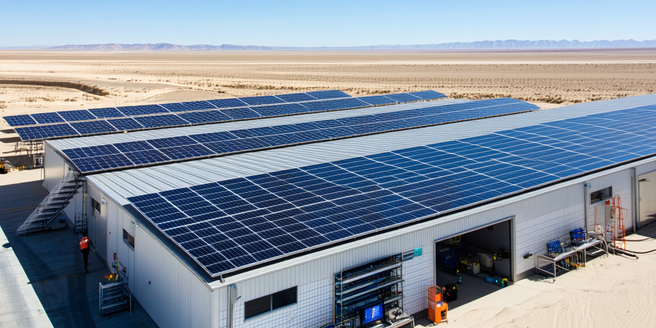
Understanding Solar Cycles and Their Impact
Solar cycles are approximately 11-year periods marked by fluctuating solar activity, including sunspots and solar flares. These cycles are crucial as they influence the solar radiation reaching Earth, which can affect climate patterns. Understanding solar cycles is important for predicting solar storms that could disrupt satellite communications and power grids. Additionally, these predictions can help mitigate potential economic losses from such disruptions. Research shows that during solar maximum, increased solar activity can lead to slight warming of Earth’s atmosphere, affecting weather patterns. It is fascinating how such distant cosmic events can have tangible impacts on our planet. Conversely, a solar minimum may contribute to cooler temperatures. By analyzing the historical data of solar cycles, scientists aim to better understand their impact on Earth’s climate system.
The Role of Solar Activity in Weather Patterns
Solar activity plays a vital role in shaping weather patterns on Earth. Fluctuations in solar radiation can influence atmospheric circulation, impacting global weather systems. During periods of high solar activity, increased solar radiation can lead to the warming of the Earth’s atmosphere, potentially causing shifts in weather patterns such as altered wind currents and changes in precipitation. In addition, it may also affect the frequency and intensity of natural phenomena like hurricanes and droughts. Lower solar activity could contribute to cooler climate conditions and catastrophic weather events. Understanding these patterns helps meteorologists predict potential weather changes. Investigating the mechanisms by which solar activity affects weather provides a deeper insight into how our climate system works.
Historical Weather Anomalies Linked to Solar Changes
Throughout history, significant weather anomalies have been linked to changes in solar activity. Notable periods of high sunspot numbers, like the Medieval Warm Period, coincided with warmer temperatures. Conversely, the Little Ice Age experienced low solar activity, leading to cooler temperatures. By examining ice core samples and tree rings, scientists have traced these temperature shifts to solar changes, gaining insights into historical climate variability. Understanding these links helps in recognizing patterns associated with solar influence, allowing predictions and preparation for future climate fluctuations. As modern society faces increasing challenges related to climate change, such insights are more crucial than ever. This comprehensive research provides a valuable context for interpreting current and future climate trends. This historical perspective is crucial for modeling climate change and understanding long-term weather anomalies.
Predicting Weather Changes Through Solar Observations
Predicting weather changes involves monitoring solar activity, which is a key factor in understanding atmospheric dynamics. Solar observations, including sunspots and solar flares, provide indications of forthcoming alterations in weather patterns. Scientists use these observations to develop models predicting potential weather anomalies. Precision in these models is crucial for accurate forecasting. Additionally, continuous data collection and analysis enhance the reliability of these forecasts. These predictive models are essential in identifying periods of increased solar activity and preparing for potential disruptions. By advancing technology to monitor solar phenomena, meteorologists improve the accuracy of weather forecasts, enabling better preparation for natural disasters. These predictions aid in mitigating the impact of climate-related threats on communities and ecosystems worldwide.
Future Research on Weather and Solar Interactions
Future research on the interactions between weather and solar activity is critical for advancing climate science. With the unpredictable nature of solar cycles, understanding their precise impact on Earth’s climate remains a challenge. As climate patterns continue to shift, the demand for more accurate predictive models increases. Emerging technologies in space observation and data analytics will enhance the understanding of how solar phenomena influence global weather systems. Moving forward, interdisciplinary studies integrating solar physics and climate science will be crucial. Collaborative international efforts will drive significant advances, unlocking new insights into mitigating climate change effects. Expanding research in this area is vital to adapting to the challenges posed by an ever-changing climate.
